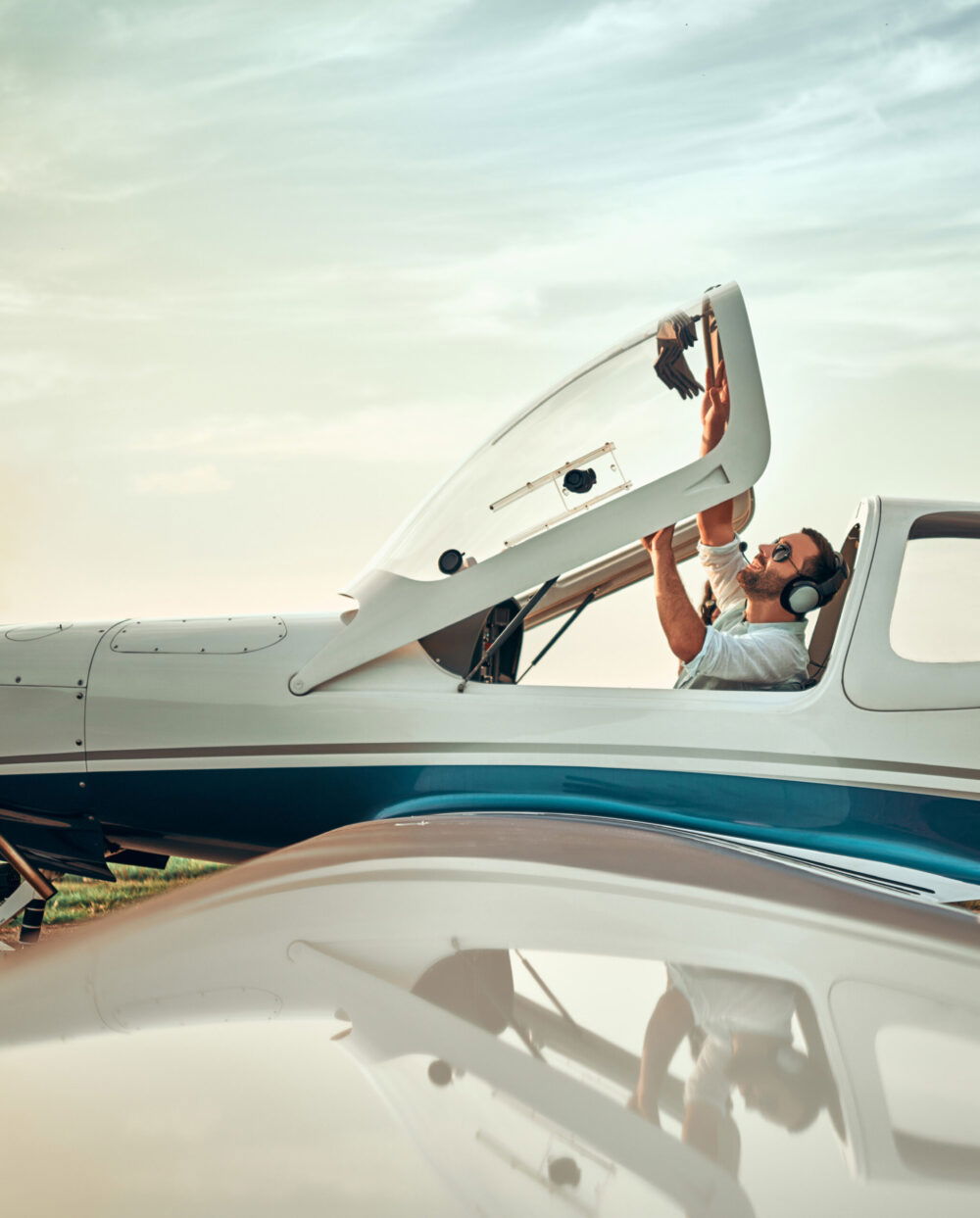In a bid to reduce fuel consumption, Delta Air Lines is supporting the development of a hybrid-electric regional airliner.
The airline—which, like much of the aviation industry, aims to achieve net-zero emissions by 2050—on Wednesday revealed it partnered with Dutch developer Maeve Aerospace to help make the company’s Maeve Jet 500 commercially viable for regional missions. Maeve claims the design will reduce fuel consumption and emissions by 40 percent using conventional fuel. Those savings could be even higher, up to 95 percent, with sustainable aviation fuel (SAF).
In a news release, Delta described the hybrid-electric concept as a “first-of-its-kind interpretation of a regional aircraft that brings the economics and comfort of a narrowbody aircraft to short-haul operations.”
“As we work toward the next generation of aircraft, we look to partners like Maeve who embody the bold, forward-thinking innovation we champion at Delta,” said Kristen Bojko, Delta’s vice president of fleet.
The exclusive partnership with Delta’s Sustainable Skies Lab cements the carrier as Maeve’s North American global airline partner. It comes just days after SkyWest, one of its regional affiliates, took an equity stake in Maeve in exchange for exclusive launch customer rights.
Delta also contracts with Republic Airways—which in June agreed to take delivery of Beta Technologies’ all-electric CX300—and is the sole owner of regional carrier Endeavor Air. Endeavor’s fleet comprises CRJ-700 and CRJ-900 aircraft from MHI RJ, which is also supporting the Maeve Jet’s development.
The Dutch company’s design approximates the CRJ-900, which can accommodate up to 90 passengers, cruise at Mach 0.82, and cover 1,550 nm. By comparison, the Maeve Jet is designed for up to 100 passengers, with a Mach 0.75 cruise speed and range of 1,450 nm with 76 passengers. At full capacity, its range declines to about 950 nm—still robust enough for trips between Chicago and Los Angeles.
The model uses a five-abreast seating configuration—atypical for a regional jet—that can be reconfigured for multiple classes. It is expected to consume about 5.5 gallons of fuel per seat on 500 nm trips. Compared to existing jets, Maeve says it will achieve 20 percent lower operating costs on those missions.
These capabilities are enabled by a few key features. Propulsion comes from a pair of rear fuselage-mounted hybrid-electric powerplants from Pratt & Whitney Canada. The engines are coupled with a swirl reduction system that enables a smaller rotor diameter and reduced cabin noise.
Moving the propulsion system to the tail allows Maeve to use a low-wing configuration. The wing itself features a high aspect ratio, which per Maeve significantly reduces fuel and is “optimised for short range missions and better take off field performance compared to current jets.”
Beyond Delta and SkyWest, the developer has an agreement with Japan Air Lines to further support the Maeve Jet’s development and study its operational requirements in Japan.
Delta’s Sustainability Push
According to Delta, Maeve is the airline’s fifth “revolutionary fleet” partner helping it study new airframes, fuel reduction strategies, and alternative fuels such as SAF.
In March, for example, it partnered with blended-wing body (BWB) aircraft developer JetZero to study a design it believes will be 50 percent more fuel efficient than existing midrange aircraft. Competitor United Airlines has also invested in JetZero and could order up to 200 BWB aircraft.
Delta is exploring electric vertical takeoff and landing (eVTOL) air taxi services in New York and Los Angeles in partnership with Joby Aviation. United and Southwest Airlines have similar partnerships with air taxi developer Archer Aviation.
The carrier works closely with manufacturing titans Airbus and Boeing. It has been a key partner in the former’s ZeroE hydrogen commercial aircraft project since 2022 and this year partnered with its UpNext innovation lab.
Airbus, in exchange, supports the Sustainable Skies Lab and is backing Delta’s Minnesota SAF hub. Delta is also part of the coalition supporting NASA and Boeing’s X-66 Sustainable Technology Demonstrator. Boeing in April proposed a simple, thin-wing design for the X-66, which was originally intended to feature a transonic truss-braced wing.
The Sustainable Skies Lab on Wednesday also partnered with Texas-based Green Taxi Solutions to develop taxiing technology for electric aircraft. The goal is to reduce fuel use, operating costs, taxi time, and emissions. The system is being optimized for regional aircraft, “though the vision extends far behind a single aircraft model or airline,” Delta said.
Like this story? We think you’ll also like the Future of FLYING newsletter sent every Thursday afternoon. Sign up now.





